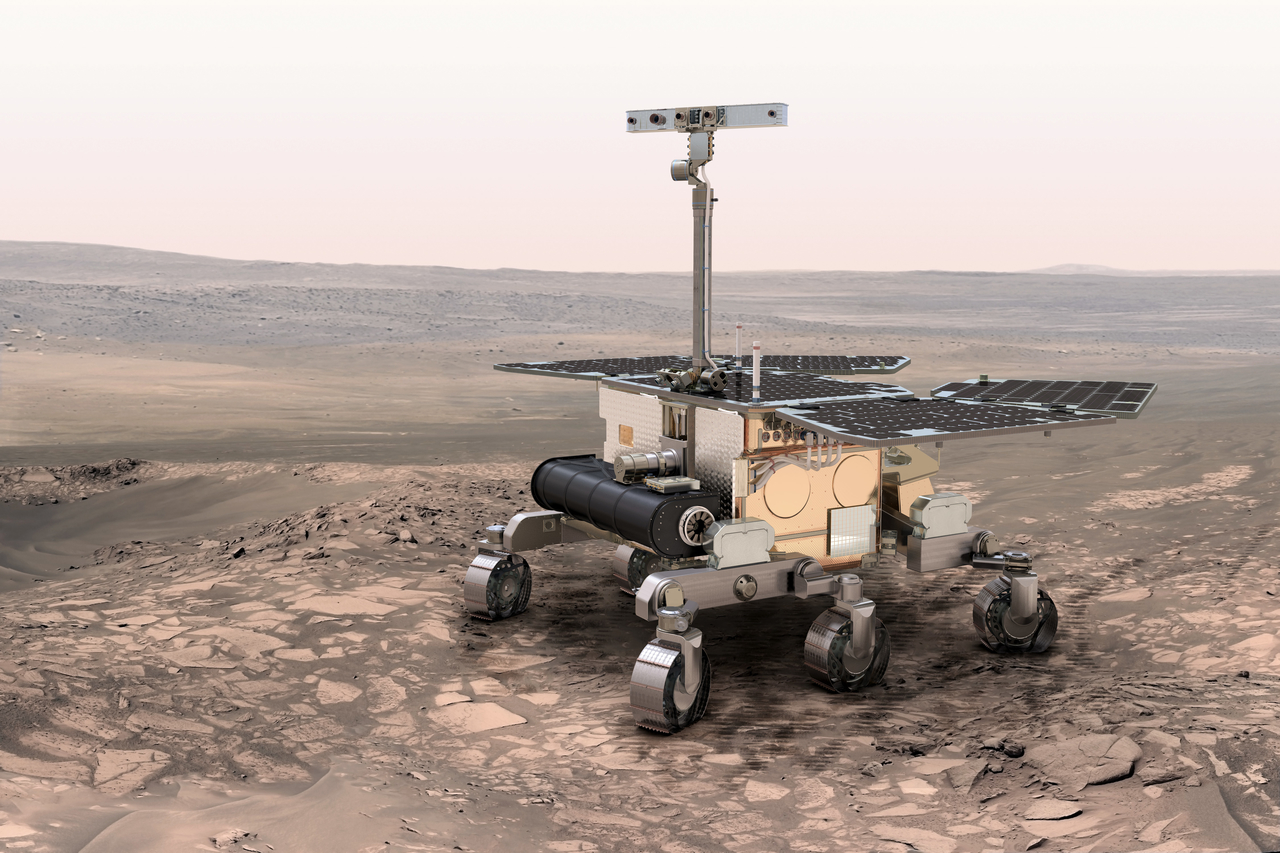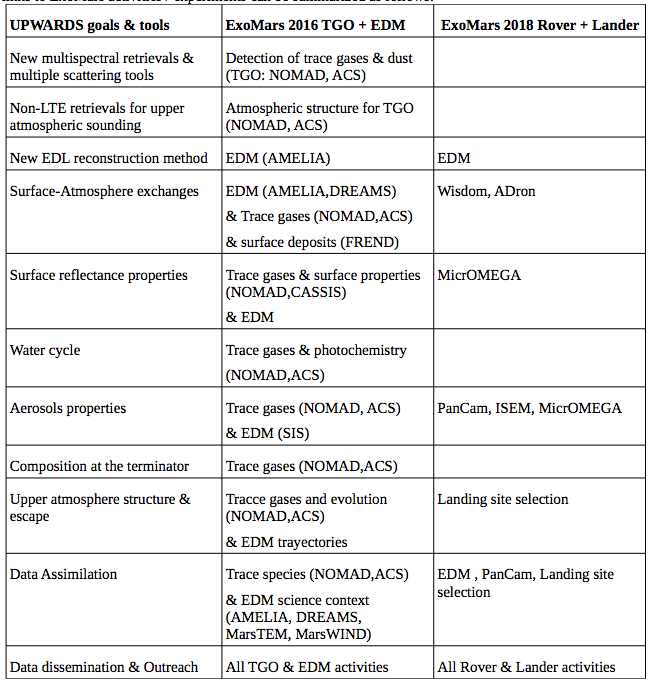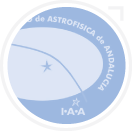Mars Exploration
Exomars 2018
The Exomars 2020 mission of the ExoMars programme will deliver a European rover and a Russian surface platform to the surface of Mars. A Proton rocket will be used to launch the mission, which will arrive to Mars after a nine-month journey. The ExoMars rover will travel across the Martian surface to search for signs of life. It will collect samples with a drill and analyse them with next-generation instruments. ExoMars will be the first mission to combine the capability to move across the surface and to study Mars at depth.
The primary objective is to land the rover at a site with high potential for finding well-preserved organic material, particularly from the very early history of the planet. The rover will establish the physical and chemical properties of Martian samples, mainly from the subsurface. Underground samples are more likely to include biomarkers, since the tenuous Martian atmosphere offers little protection from radiation and photochemistry at the surface.
The drill is designed to extract samples from various depths, down to a maximum of two metres. It includes an infrared spectrometer to characterise the mineralogy in the borehole. Once collected, a sample is delivered to the rover’s analytical laboratory, which will perform mineralogical and chemistry determination investigations. Of special interest is the identification of organic substances. The rover is expected to travel several kilometres during its mission.

ESA's ExoMars Rover provides key mission capabilities: surface mobility, subsurface drilling and automatic sample collection, processing, and distribution to instruments. It hosts a suite of instruments, known as the Pasteur payload, dedicated to exobiology and geochemistry research. Credit: ESA
UPWARDS is timely built in order to prepare tools and to supply new knowledge for Exomars 2016 and 2020. A one-to-one correspondence of topics covered by UPWARDS and their potential links to ExoMars activities / experiments can be summarized as follows.
































